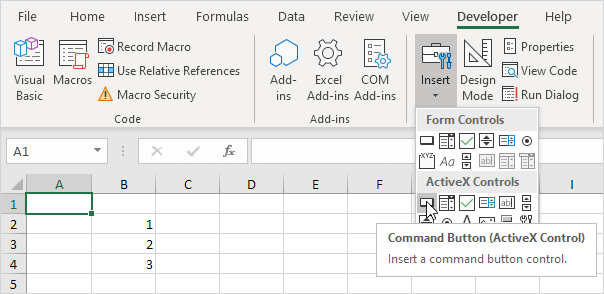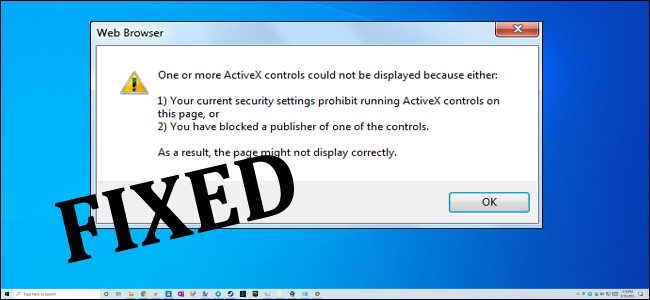

Internet Explorer also allows the embedding of ActiveX controls in web pages.įaced with the complexity of OLE 2.0 and with poor support for COM in MFC, Microsoft simplified the specification and rebranded the technology as ActiveX in 1996. Many Microsoft Windows applications-including many of those from Microsoft itself, such as Internet Explorer, Microsoft Office, Microsoft Visual Studio, and Windows Media Player-use ActiveX controls to build their feature-set and also encapsulate their own functionality as ActiveX controls which can then be embedded into other applications. ActiveX is supported in many rapid application development technologies, such as Active Template Library, Delphi, JavaBeans, Microsoft Foundation Class Library, Qt, Visual Basic, Windows Forms and wxWidgets, to enable application developers to embed ActiveX controls into their products. Compared with JavaBeans, ActiveX supports more programming languages, but JavaBeans supports more platforms.
#Where to get activex software
#Where to get activex windows 10
ĪctiveX is still supported as of Windows 10 through Internet Explorer 11, while ActiveX is not supported in their default web browser Microsoft Edge (which has a different, incompatible extension system, as it is based on Google's Chromium project). Most also require the client to be running on an x86-based computer because ActiveX controls contain compiled code.

In principle, ActiveX is not dependent on Microsoft Windows operating systems, but in practice, most ActiveX controls only run on Windows. Internet Explorer, Microsoft Office, Microsoft Visual Studio, and Windows Media Player etc.ĪctiveX is a deprecated software framework created by Microsoft that adapts its earlier Component Object Model (COM) and Object Linking and Embedding (OLE) technologies for content downloaded from a network, particularly from the World Wide Web.


 0 kommentar(er)
0 kommentar(er)
